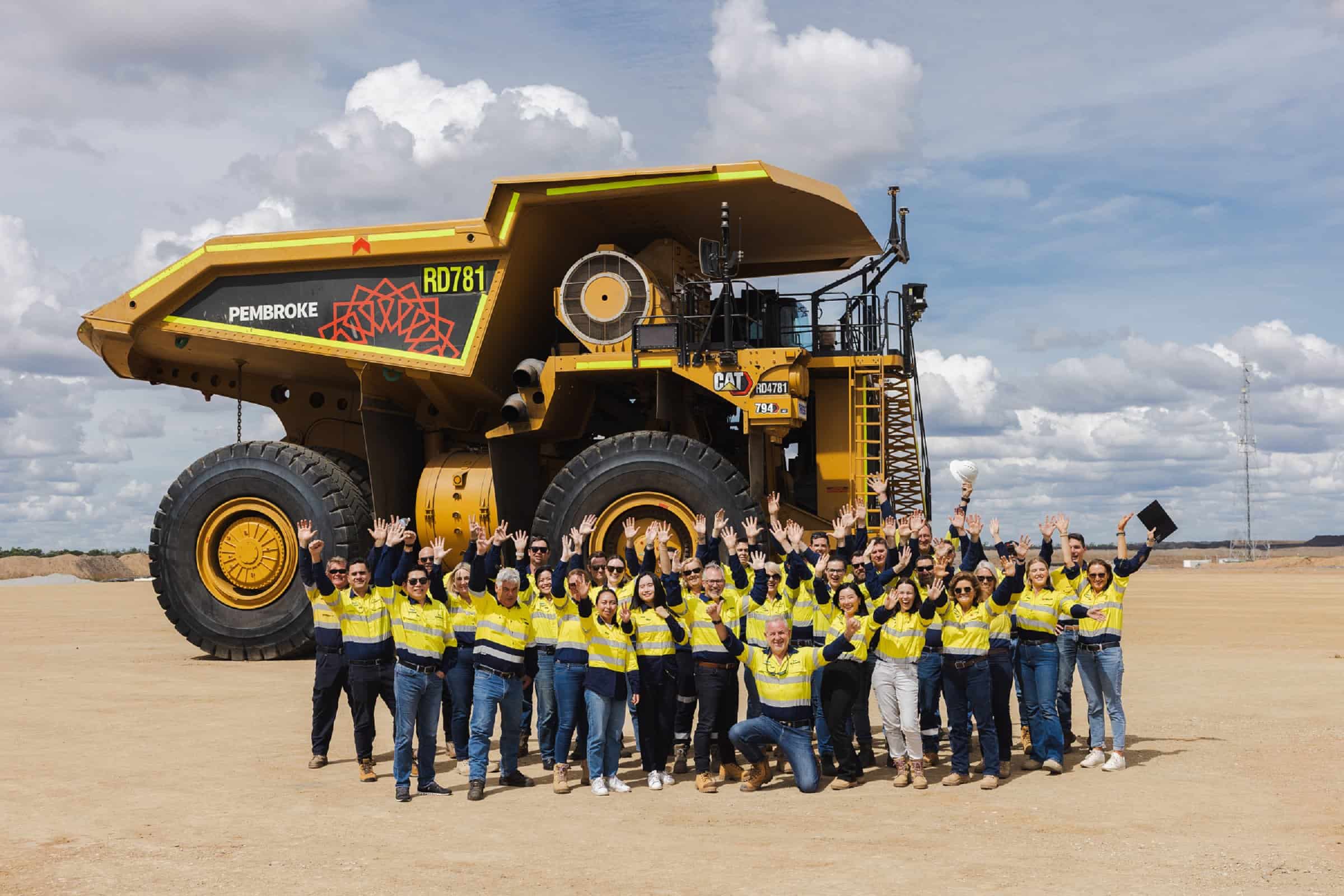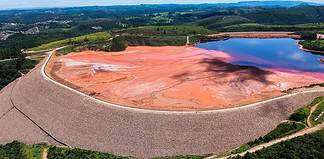$1b Olive Downs coal mine officially opens

Pembroke Resources’ $1b Olive Downs coal mine has officially opened in Queensland and a $1m fund has been unveiled.
Located in the coal-rich Bowen Basin, Olive Downs includes major infrastructure including a coal handling and preparation plant, rail spur, train load-out facility, coal conveyor, stockpiles, electrical transmission lines, water pipeline and access roads.
More than 700 people were employed during construction of the project and an operational workforce is expected to peak at 1000 during production.
Pembroke Resources chairman and chief executive Barry Tudor says the company is thrilled to have reached this milestone.
“We’re thrilled to have achieved this significant milestone at the world’s newest steelmaking coal mine,” he said.
“Our strategy remains centred on collaborating with stakeholders to establish sustainable and lasting economic prospects by generating jobs, economic diversification and providing direct support to the community, all while showcasing a fresh approach to environmental standards.”
Olive Downs is expected to produce up to 15mtpa of steelmaking coal over the next 80 years and the coal will be transported by rail to the Dalrymple Bay Coal Terminal for export to Japan, South Korea and India.
To enhance social and community life around the mine, Pembroke also announced a $1m Pembroke Community Partnership Program.
The program was created to ensure the local area continued to benefit from the opening of Olive Downs with funding being provided to projects identified, prioritised and supported by local residents.
“This is stage one of the fund, which will run over the next five years to help ensure the local community reaps the benefits of having the Olive Downs complex operating in their region,” Mr Tudor said.
“Projects of interest could include those focused on improved health, welfare and employment outcomes as well as improved social infrastructure.
“Another priority for us is reducing unnecessary red tape so it’s as easy as possible for local to decide how and where this funding is spent for the future benefit of the community.”








































